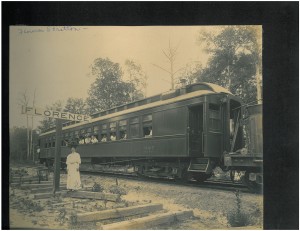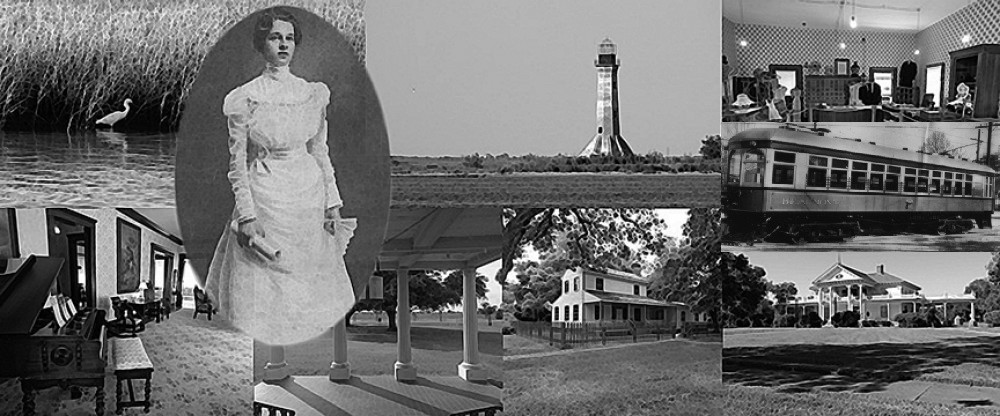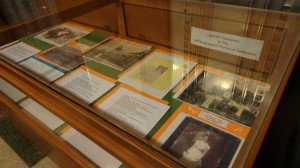Florence Stratton was born in Brazoria, Texas, in March 1881, to Judge Asa Evan Stratton and Louisa Henrietta Waldman Stratton. Her parents moved to Alabama when she was a child. Educated through the Alabama public school system, she then attended “normal” college in Troy, Alabama, and was valedictorian of her 1900 graduating class.
Florence moved to Beaumont in 1903 and took a job as a member of the faculty of Miss Anne’s private school. She also taught at Central High School in 1904. During this time and throughout most of her early years in Beaumont, she lived with her sister and brother-in-law, Emily and W. H. Stevens.
In 1907 Florence began her journalistic career at the Beaumont Journal. Apart from teaching literature at Belle Austin Instate in 1909, she continued at the Journal as society editor, and by some accounts, even helped with the printing of the newspaper.
In 1914 Florence started the Milk and Ice Fund to help provide poor families during the summer months with needed milk and ice. Six years later, while at the Beaumont Enterprise, she started the Empty Stocking Fund to, again, give relief to the poor but this time with food and monetary donations. This fund is still active today and provides assistance to the poor in Southeast Texas each Christmas.
From 1917 to 1921, Florence spent time with her good friend Willie Cooper at the Governor’s mansion in Austin. Willie was married to W. P. Hobby, who served as Governor of Texas for a five-year term ending in 1921.
In 1920 the Beaumont Enterprise bought the Beaumont Journal, and it was there that Florence enjoyed most of her success as a journalist. Her column, “Susie Spindletop’s Weekly Letter,” which began in 1926, drew more readers than any other column. Her popularity soared, and many relished reading each Sunday morning’s offering over the 12-year period it ran.
It was at the same time that her column started that Florence began, as she called it, “dabbling” in writing books. She compiled all of O. Henry’s articles, which were written while he was employed at the Houston Post, and published them in a book called Postscripts by O. Henry. She would also publish The White Plume in 1931, which was a short biography of O. Henry’s life.
Other books would follow, such as Favorite Recipes of Famous Women (1925), and her most memorable literary contribution to Southeast Texas history, The Story of Beaumont (1925). This work delved into the early settlement of Beaumont, and to this day, is a reliable reference regarding the region’s past.
Yet another literary work, called When the Storm God Rides, was published in 1936. It was co-written with Bessie M. Reid and disclosed much-needed information about the Indians of East Texas.
Sadly in January of 1938, Florence died at Touro Infirmary in New Orleans, a day after she underwent surgery. Her death certificate states the cause of death as “Arterio Sclerotic heart disease.”
After five months of research into Florence Stratton’s life, I have found a lot of misinformation about her. I believe all the dates and other information used in this article to be true. It is amazing how much you can find out in a city directory and censuses. Florence was an amazing individual, and I hope to explore more of her life in the next year. I have also begun work to have a marker dedicated in her honor, possibly at the Beaumont Enterprise.
If anyone reading this has knowledge of Beaumont’s first historian, whether in the form of documents, letters, photos, memories, or any other stories, I would love to hear about them. It is my wish to give Florence the credit she deserves.

